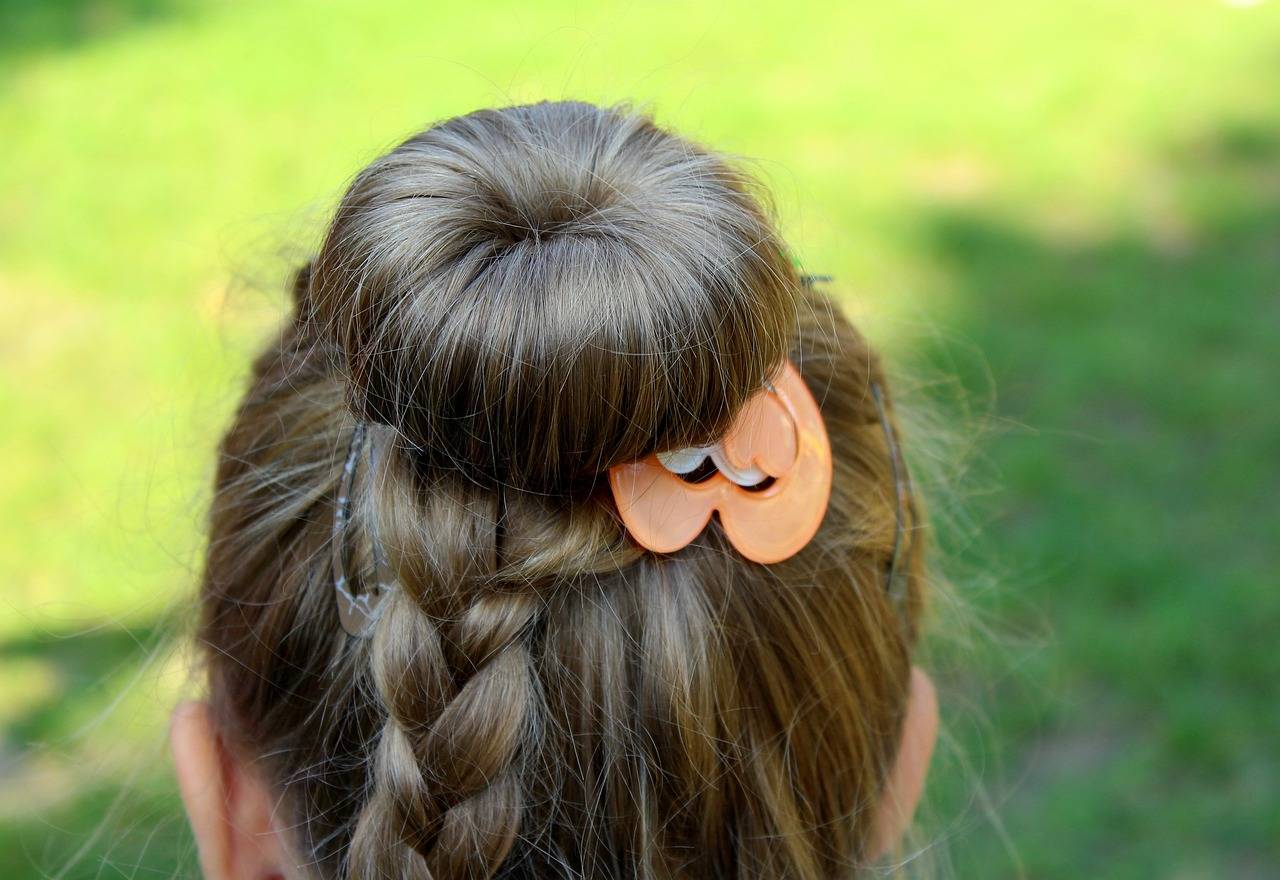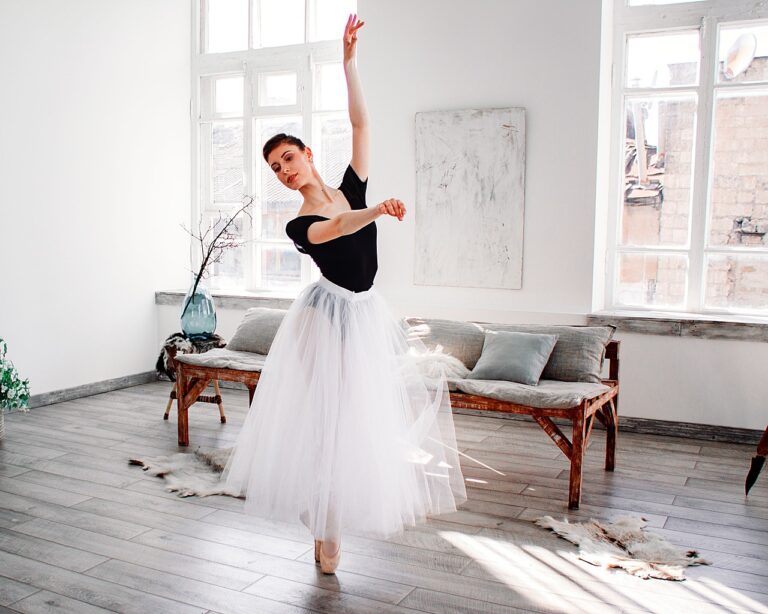Fashion and Cultural Heritage: Preserving Traditional Textile Techniques
Traditional textile techniques hold a rich historical value that incorporates ancestral knowledge passed down through generations. These techniques are deeply rooted in culture and play a crucial role in preserving heritage. From hand weaving to intricate embroidery, each method tells a unique story of craftsmanship and tradition that is reflected in the intricate patterns and designs of the textiles.
The meticulous process of creating textiles through traditional techniques requires patience, skill, and precision. Artisans meticulously weave intricate patterns using age-old techniques that have been refined over centuries. By understanding and appreciating these traditional textile techniques, we not only honor the cultural heritage embedded in each piece but also support the preservation of these invaluable skills for future generations.
The Significance of Cultural Heritage in Fashion
Exploring the rich tapestry of cultural heritage in fashion unveils the profound impact traditional textiles have on contemporary design. Through the lens of history, these techniques serve as a bridge between past and present, showcasing the time-honored artistry embedded in every thread. Embracing these ancestral practices not only preserves cultural identity but also fosters a deeper appreciation for the craftsmanship behind each garment.
In a globalized world where trends come and go in the blink of an eye, tapping into cultural heritage offers a sense of authenticity and depth to fashion. By infusing traditional elements into modern creations, designers pay homage to the communities and histories that have shaped their craft. This symbiotic relationship between heritage and innovation not only celebrates diversity but also paves the way for a more inclusive and culturally rich industry.





